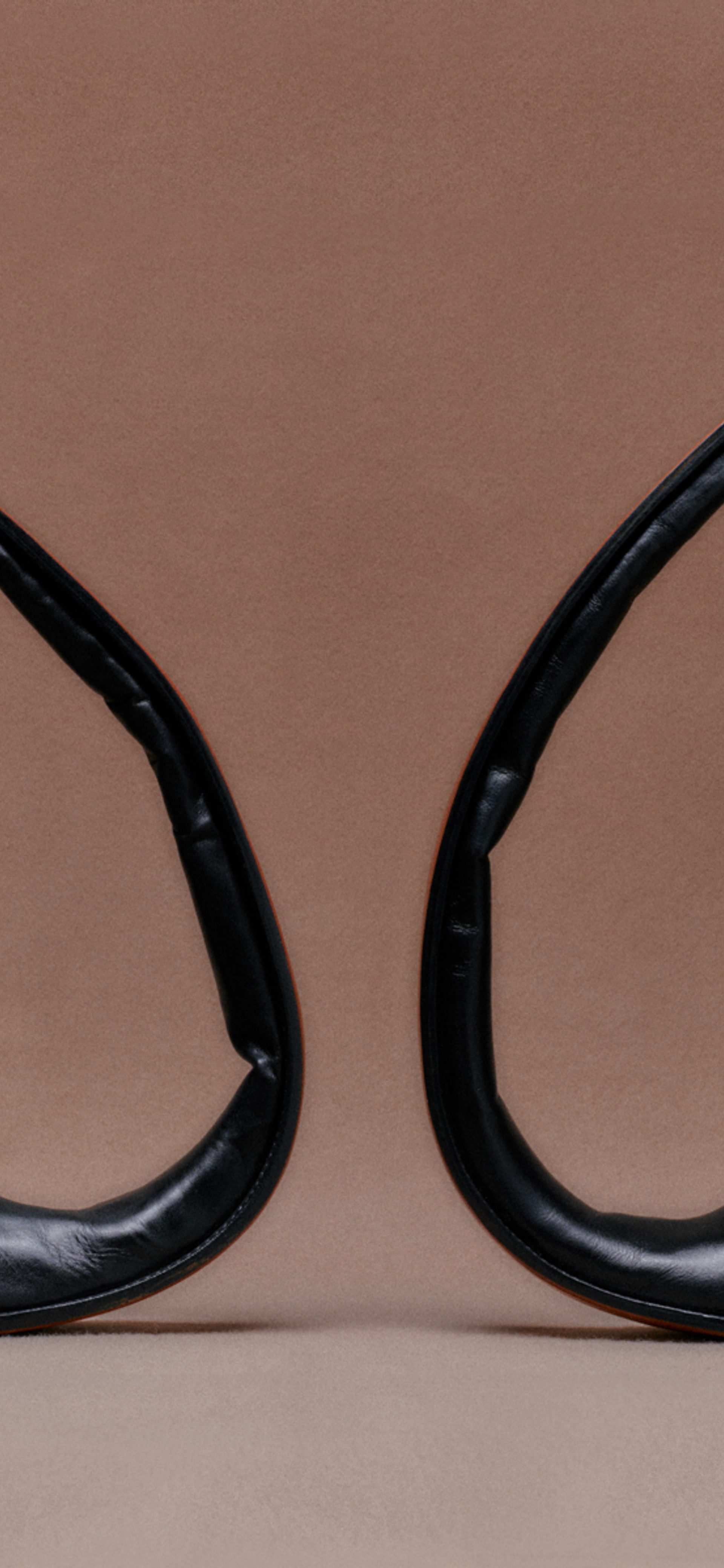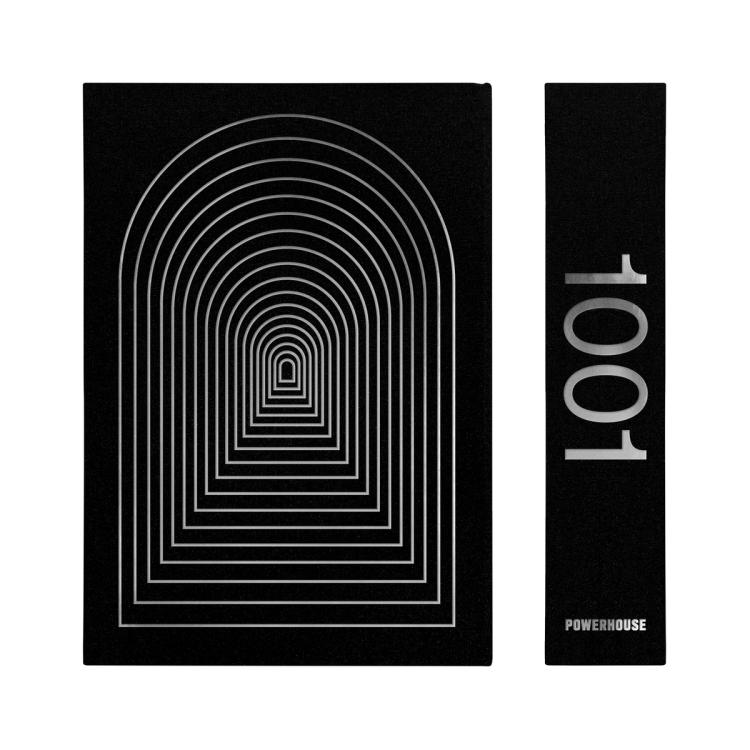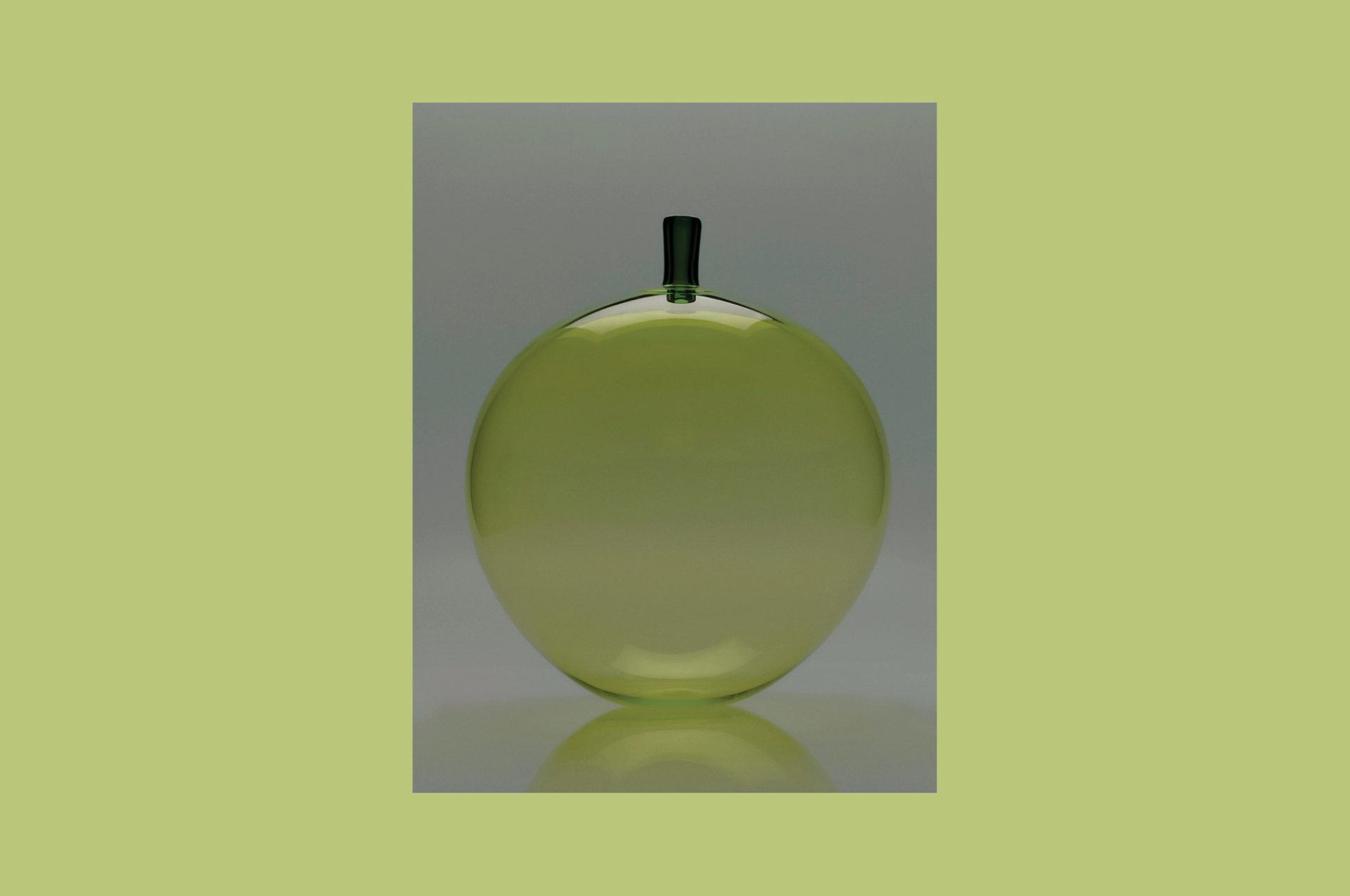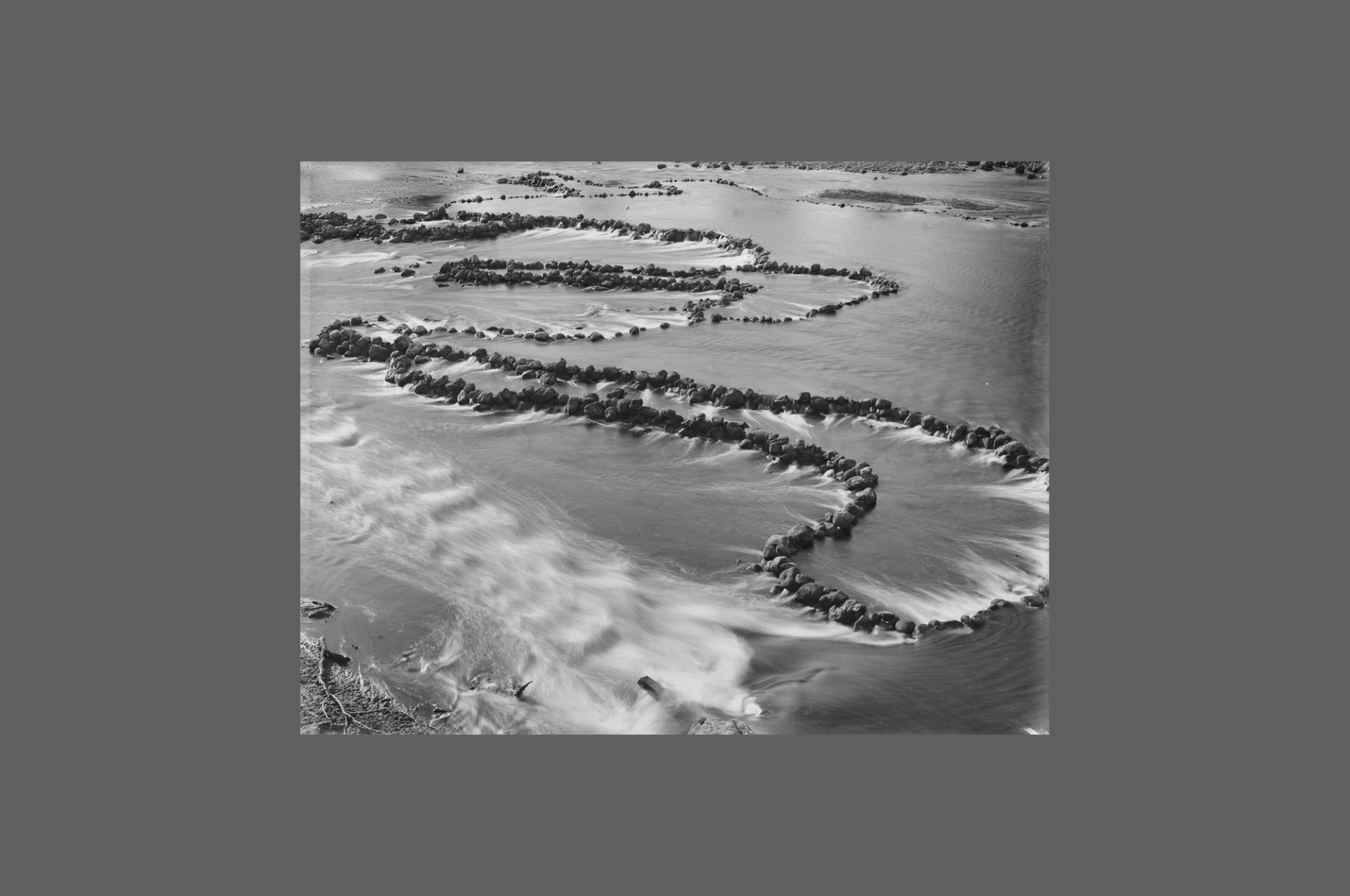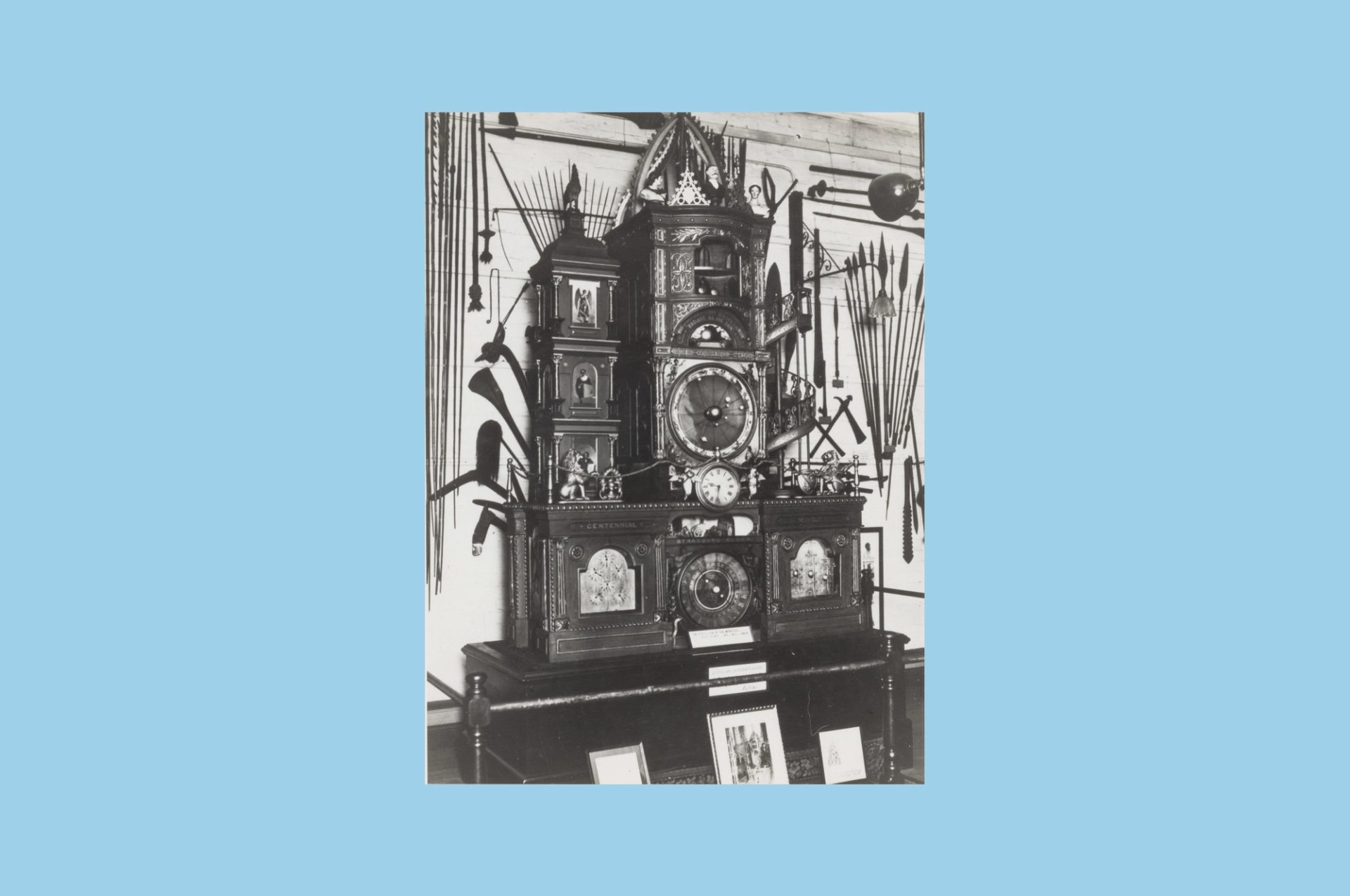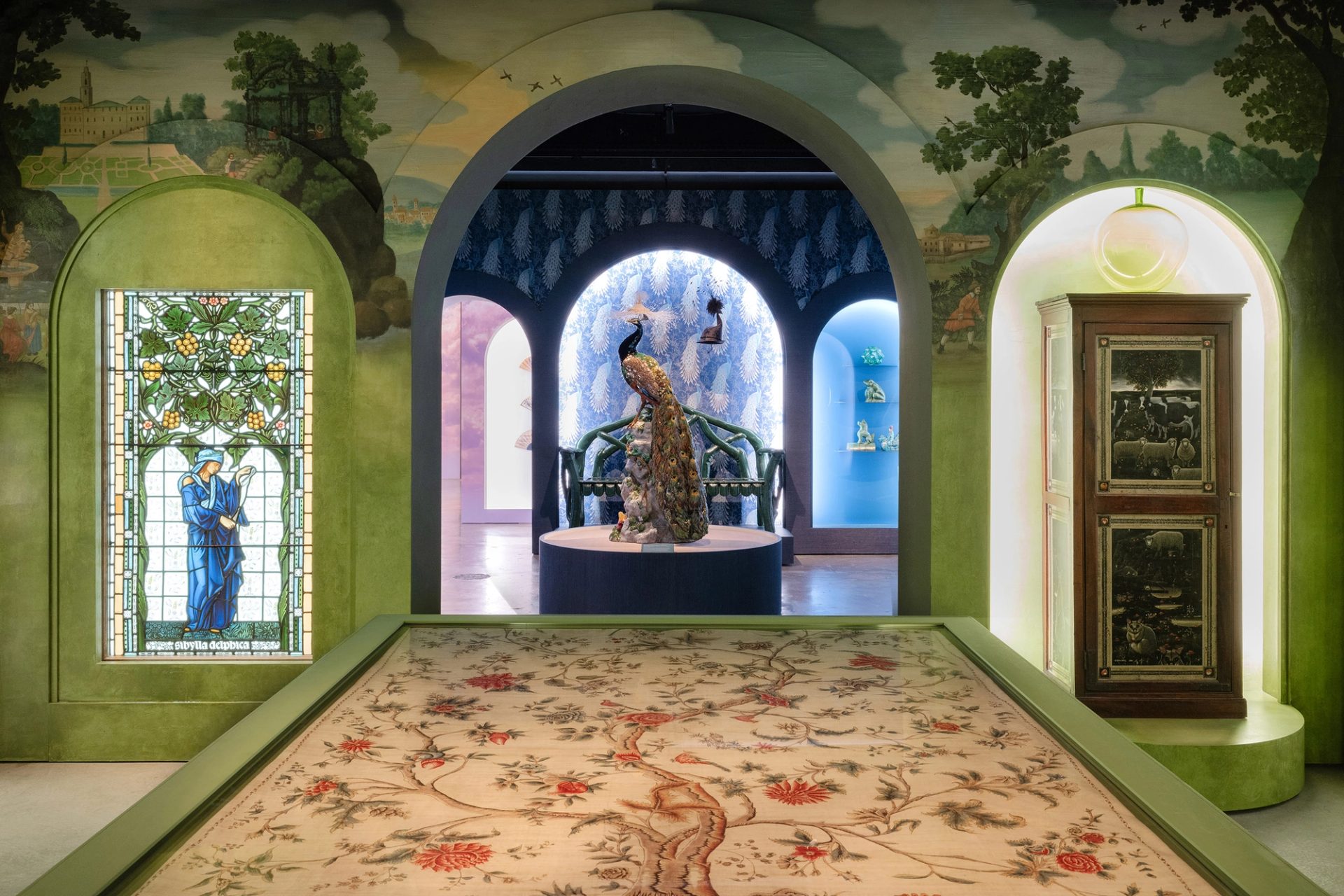32 Remarkable Objects

‘Lauren and I definitely have a huge overlap in interests and experiences which makes working together a breeze. In saying that, we both have our unique perspectives and skills, and this keeps things interesting. I think we push each other in the right ways but also really trust each other.’
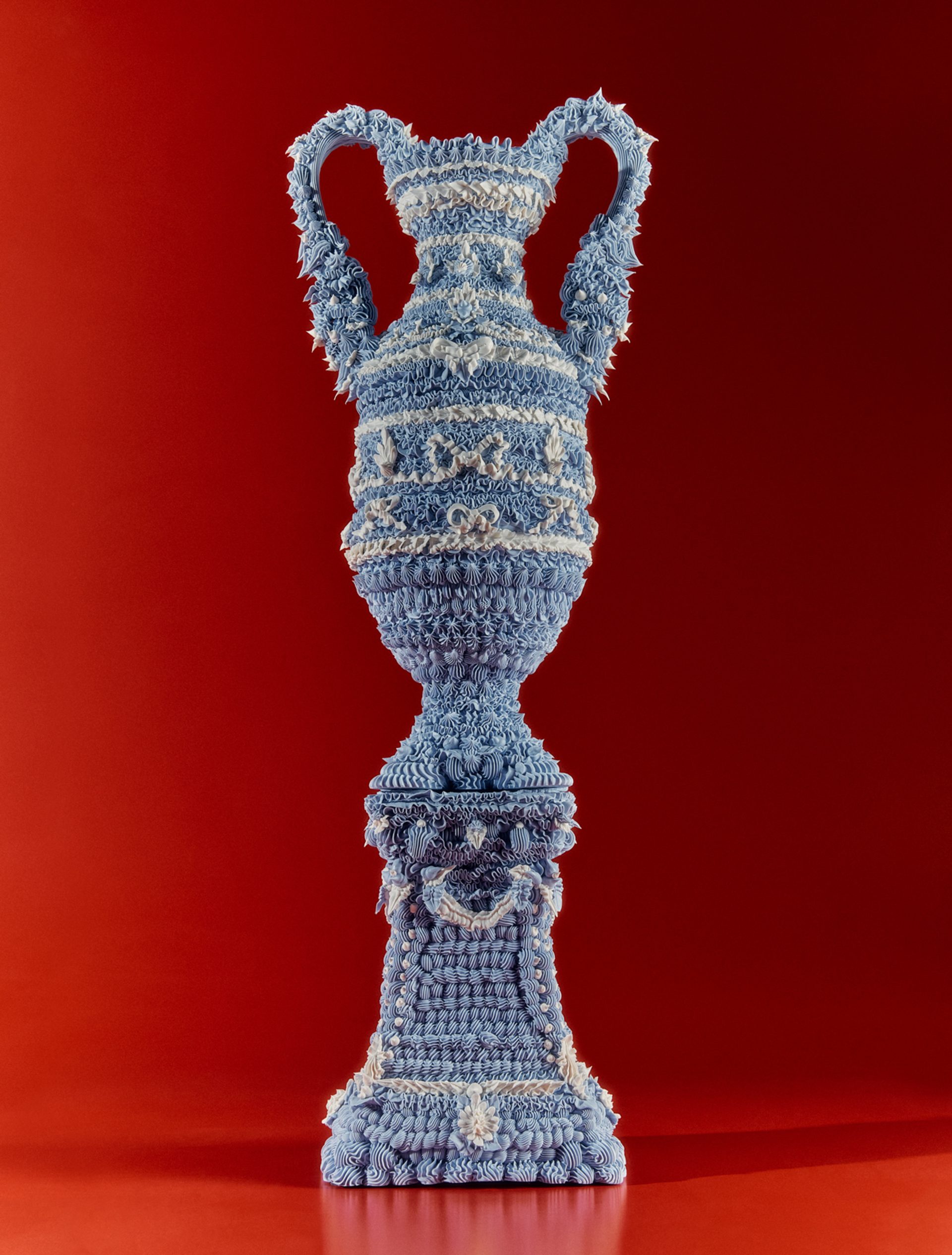
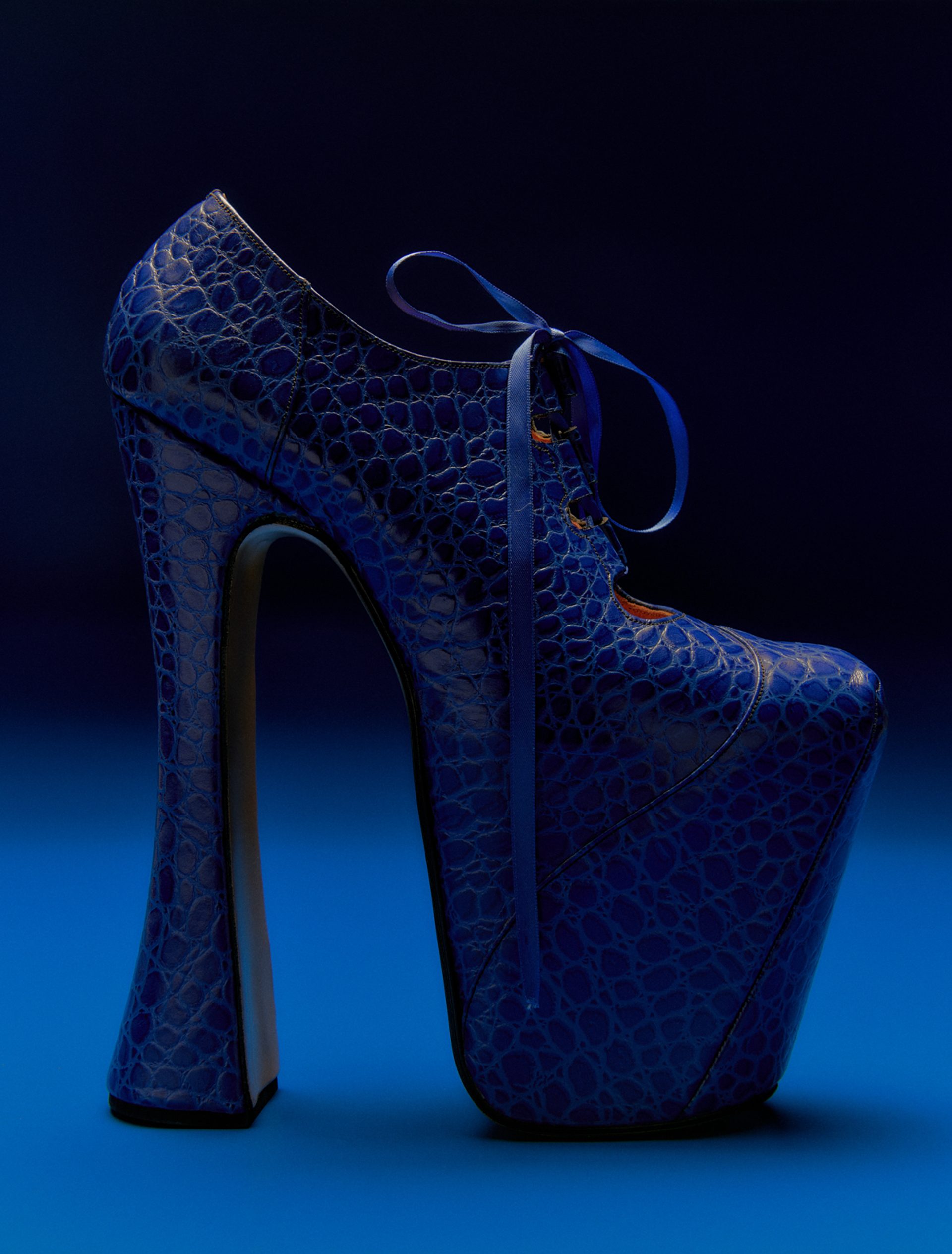
To look at the photo collaborations of Lauren Bamford and Sarah Pritchard, it is difficult to see where their individual contributions begin and end. Their object-based imagery is often beautiful and funny at the same time. Simple compositions become more complex on second glance. Elements of high and low culture collide, becoming one. Individually, each artist has forged a successful solo career from their base in eastern Australia: Bamford as a still-life and documentary photographer with a background in travel and lifestyle; Pritchard as an art director and stylist in the world of luxury fashion. In the last few years, however, they have become sought after as a creative team. Recent commissions have seen a snow shoot for French fashion house Jacquemus (with accessories playfully bedecked on skis), and a billboard in Madrid featuring a Loewe perfume bottle sinking into watermelon flesh.
Because of their sharp eyes and distinctive approach to still-life photography, Bamford and Pritchard were commissioned by Powerhouse in 2023 to create a suite of images for the 1001 Remarkable Objects book to accompany the recent and eponymous exhibition at Powerhouse Ultimo. Selecting 32 objects in collaboration with the museum’s curatorial, collections and conservation teams, Bamford and Pritchard managed to capture a surprising liveliness in their mainly inanimate subjects – from the miniscule (a Mickey Mouse brooch) to the monumental (an architectural model of Macquarie Lighthouse). In the following interview with Powerhouse senior editor Michael Fitzgerald, they tease out the threads of their collaborative practice, the blurring of their commercial and artistic work, and what for them makes the still-life genre come alive.
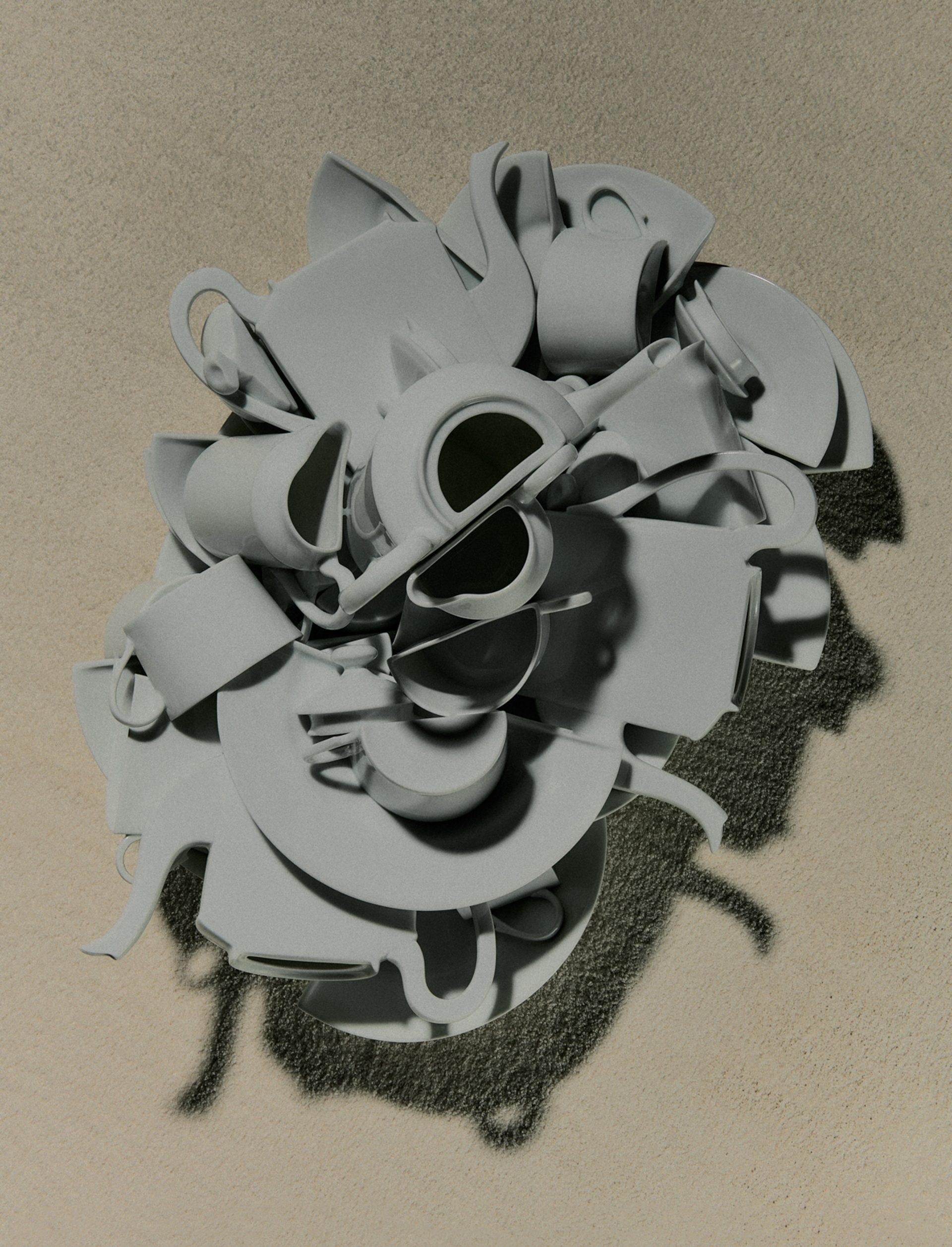
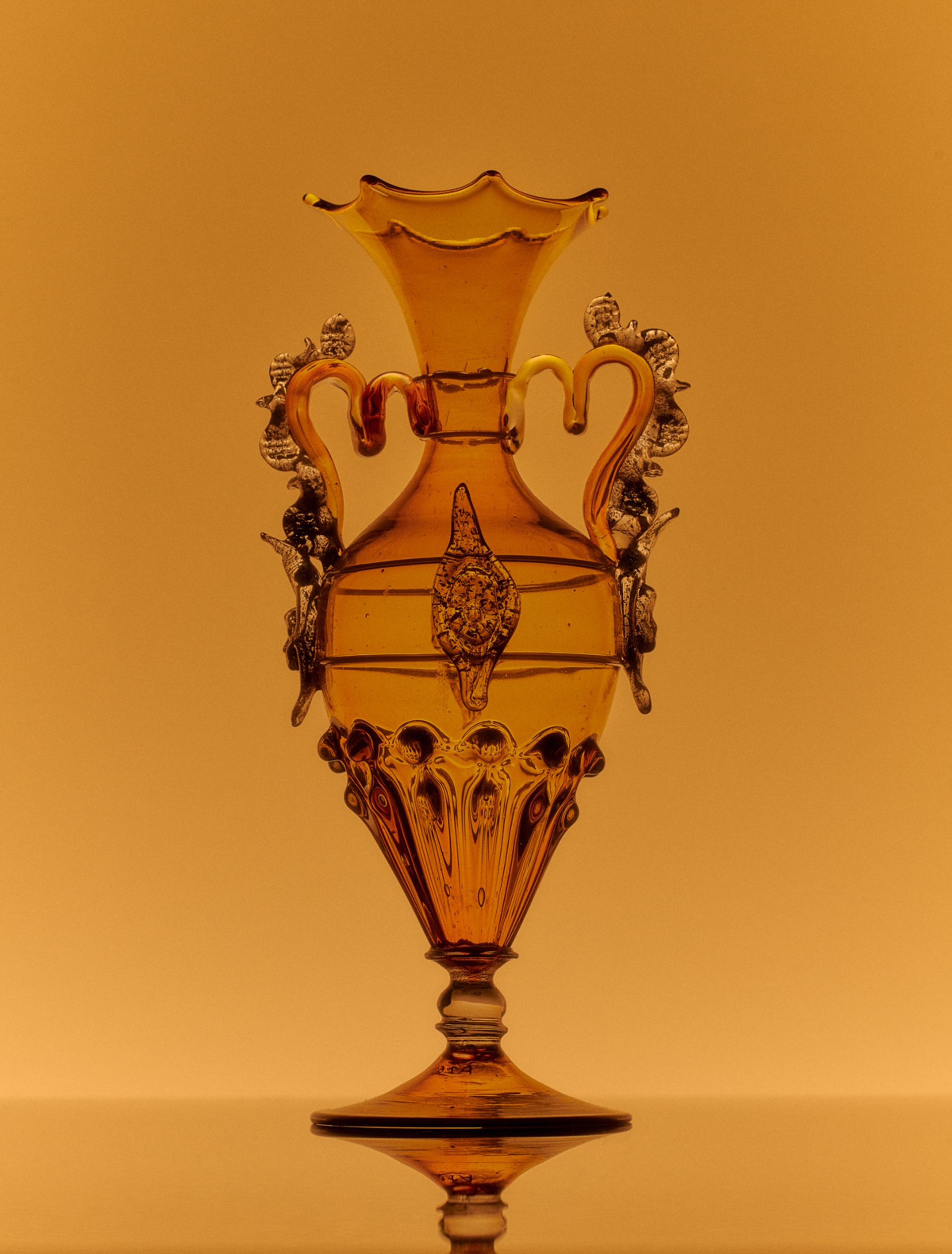
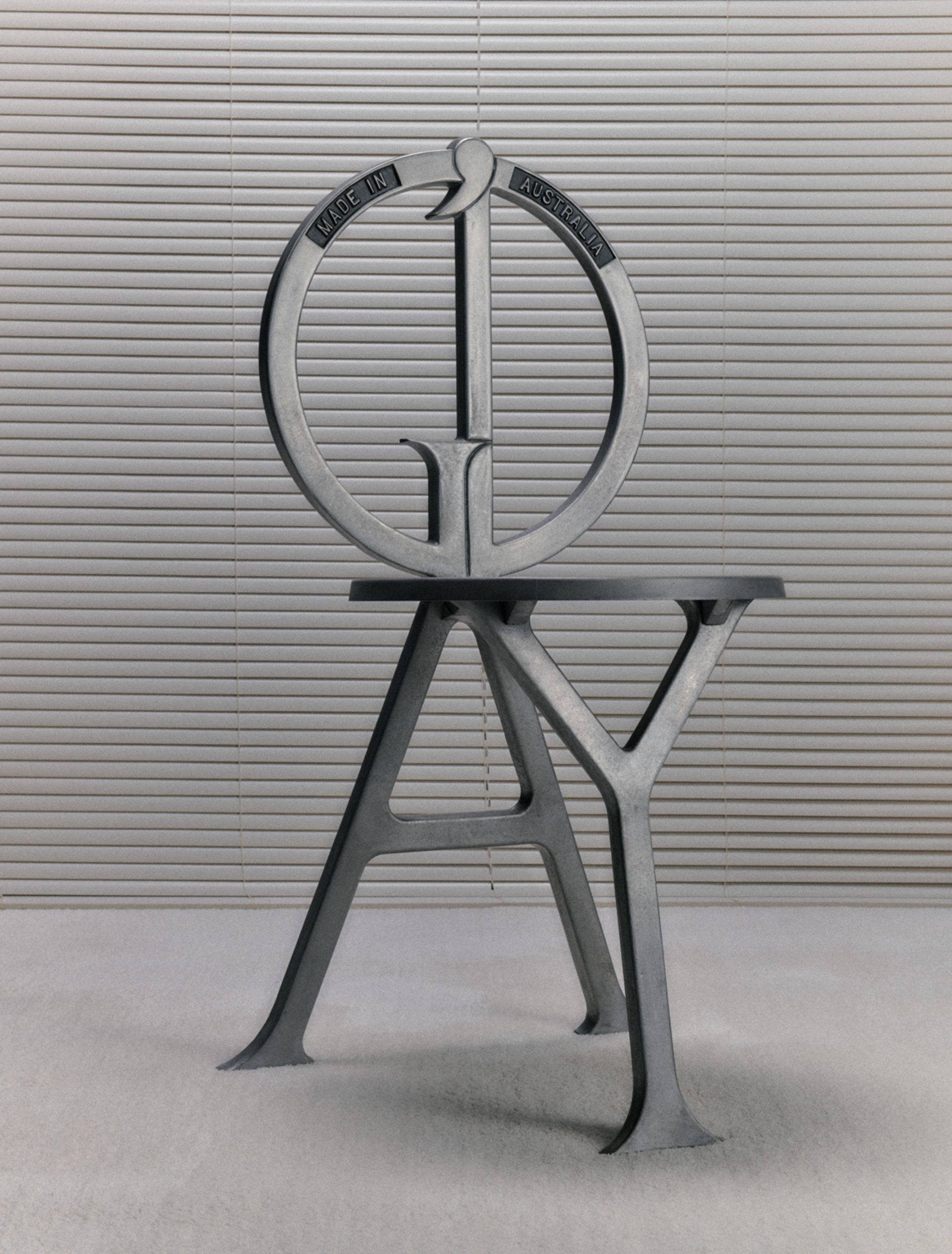
Michael Fitzgerald How did your collaborative practice begin, and can you recall your first shoot together?
Sarah Pritchard Like all modern-day love stories we met through Instagram. Lauren slid into my DMs and suggested we work together. After a quick scroll through her page, I replied with something like, ‘Have you looked at my work?’ At the time my work was pretty tongue-in-cheek and silly, and Lauren’s work seemed beautiful and quite classic. It felt like a bit of a strange pairing, but she insisted that she did indeed mean to contact me and not another Sarah. We decided we should give working together a go, so I organised a little test shoot with jewellery from Underground Sundae (a local Melbourne brand by Annemieke Ytsma, one of my dearest friends and collaborators). Lauren was a dream to work with and I was totally blown away with her technical skill – particularly her absolute control with lighting. You can tell Lauren about how you envision lighting and she nails it, every time. Lots of talent!
Lauren Bamford Well, I appreciate those compliments Sarah, and yes it’s true we met over Instagram. It’s interesting to hear Sarah say that she looked at my work and it seemed too beautiful or classic for her, as I never really thought of my work that way. At the time I was wanting to branch out and move away from the work I was doing – which was based in the food, lifestyle and travel categories – and more into fashion still life. I knew I needed to collaborate with somebody who was already in the fashion world, but still life is a very unique skill set to work within as a designer or stylist, and quite frankly there weren’t a lot of options locally. I came across Sarah’s work one day and thought she could be the one for me. On that first shoot together, I just knew we were on a similar wavelength.
MF How complementary is your interest in still life? For instance, what different individual things do you bring to the genre – which first flowered during the commercial prosperity of the Dutch Golden Age – and is there a freedom in working with objects that you don’t get with people?
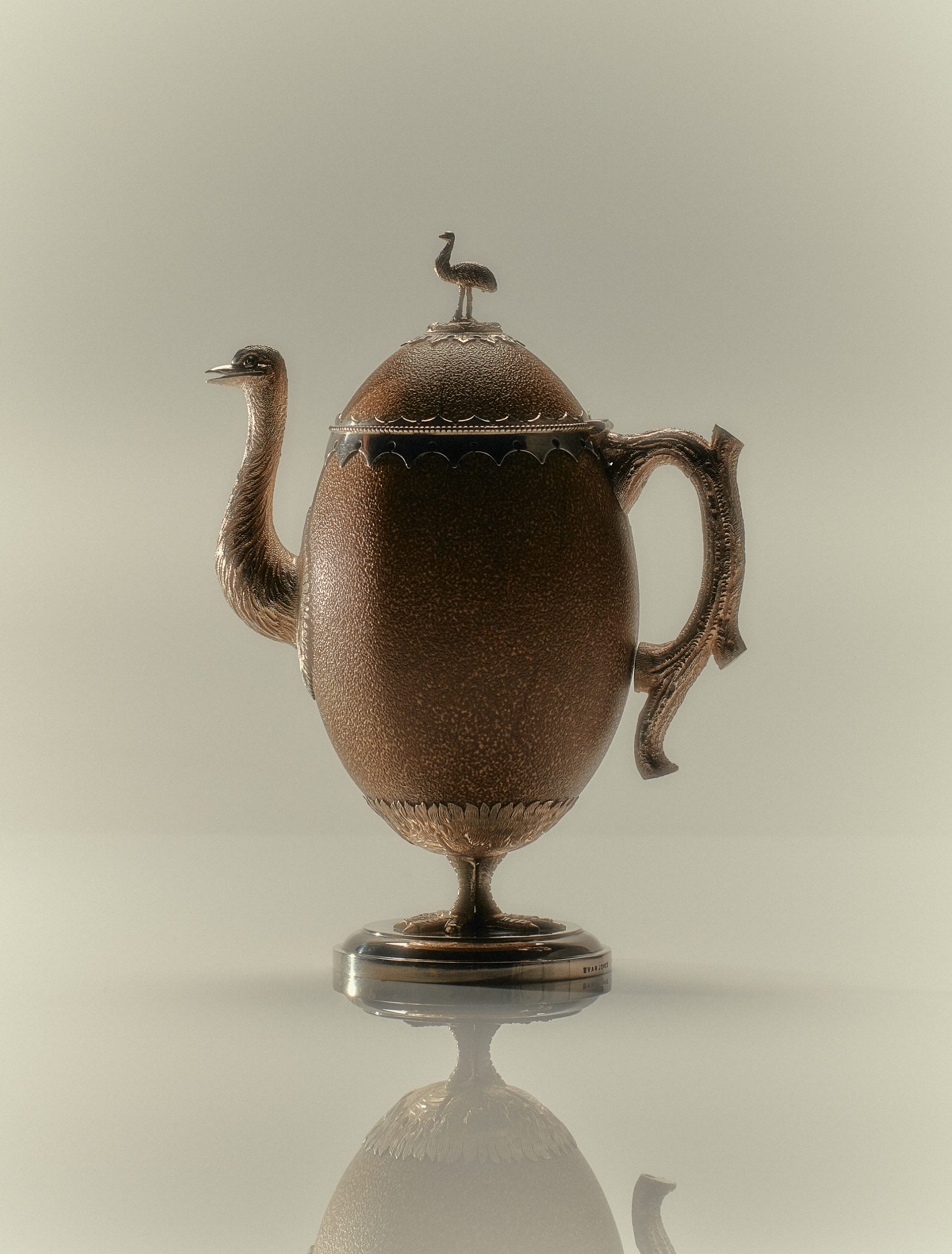
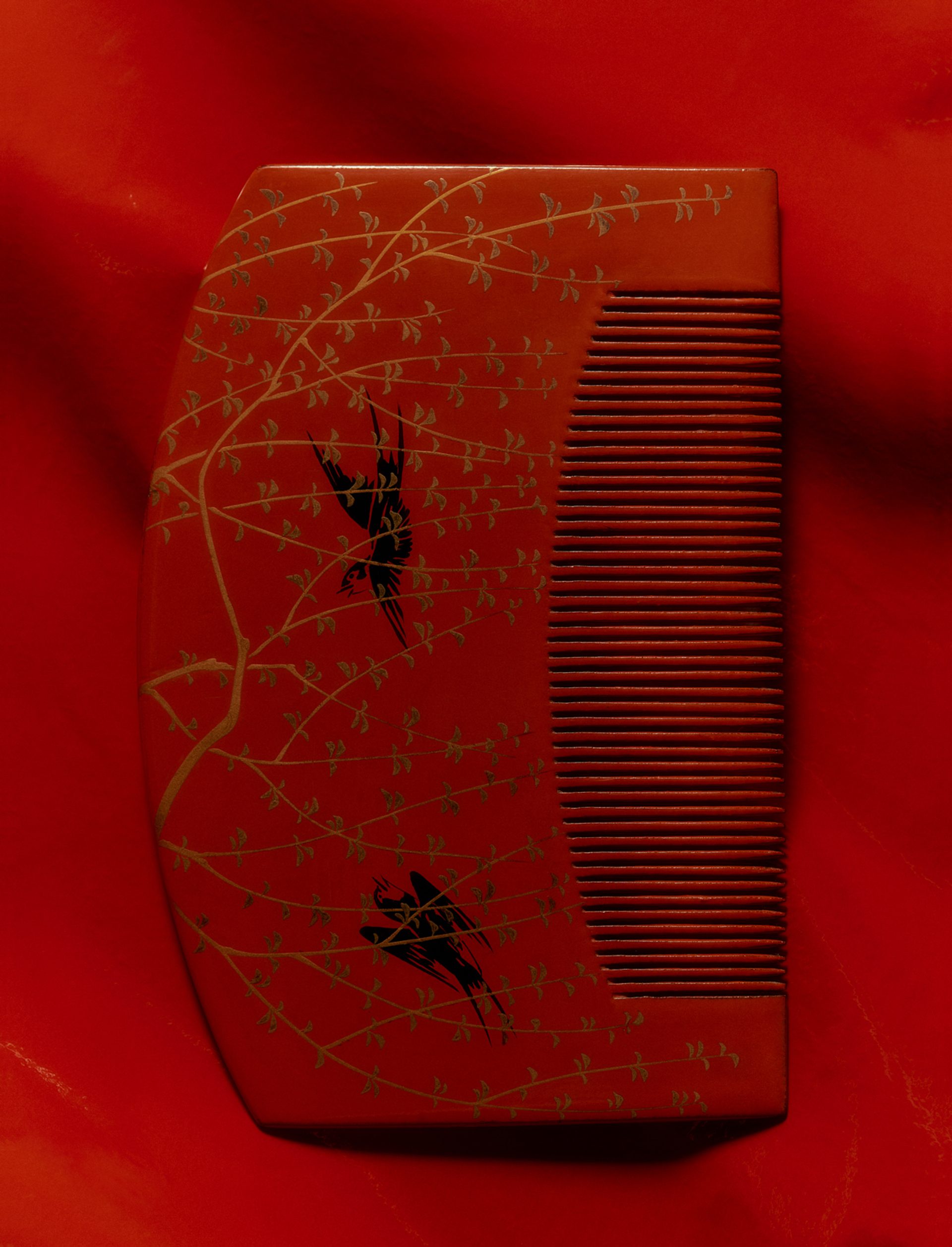
LB I think there is an underlying aesthetic that Sarah and I both have in common: along the lines of nostalgia and domesticity and a similar sense of humour. So, I guess you could say those mutual interests are complementary. However, beyond those mutual interests, Sarah definitely brings a point of view that I don’t think I am personally capable of, something that I can’t quite put my finger on: a more risqué vision perhaps? Let’s just say my taste is a little more conservative, and due to my many years’ experience working for commercial clients and knowing what they are expecting, perhaps that makes Sarah and I a good combination.
SP Lauren and I definitely have a huge overlap in interests and experiences which makes working together a breeze. In saying that, we both have our unique perspectives and skills, and this keeps things interesting. I think we push each other in the right ways but also really trust each other.
I’m not sure if there is more freedom in working with objects, but there is certainly more control. I came from working predominantly in fashion (now it’s more of a split) and find that there are always more factors at play when working with talent. Sets are often larger, there are usually more people contributing and, of course, you rely on a model to pull everything together. It can be a lot. Lots of room for mayhem, things to go wrong, too many chefs in the kitchen, et cetera. Still life certainly feels more precise, controlled and calm.
MF You have worked collaboratively for high-end fashion brands, including Jacquemus and Loewe, and also on more personal editorial projects such as ‘Daily Rituals’ and ‘The Kitchen Sink’. Do you see a blurring between your commercial and artistic work?
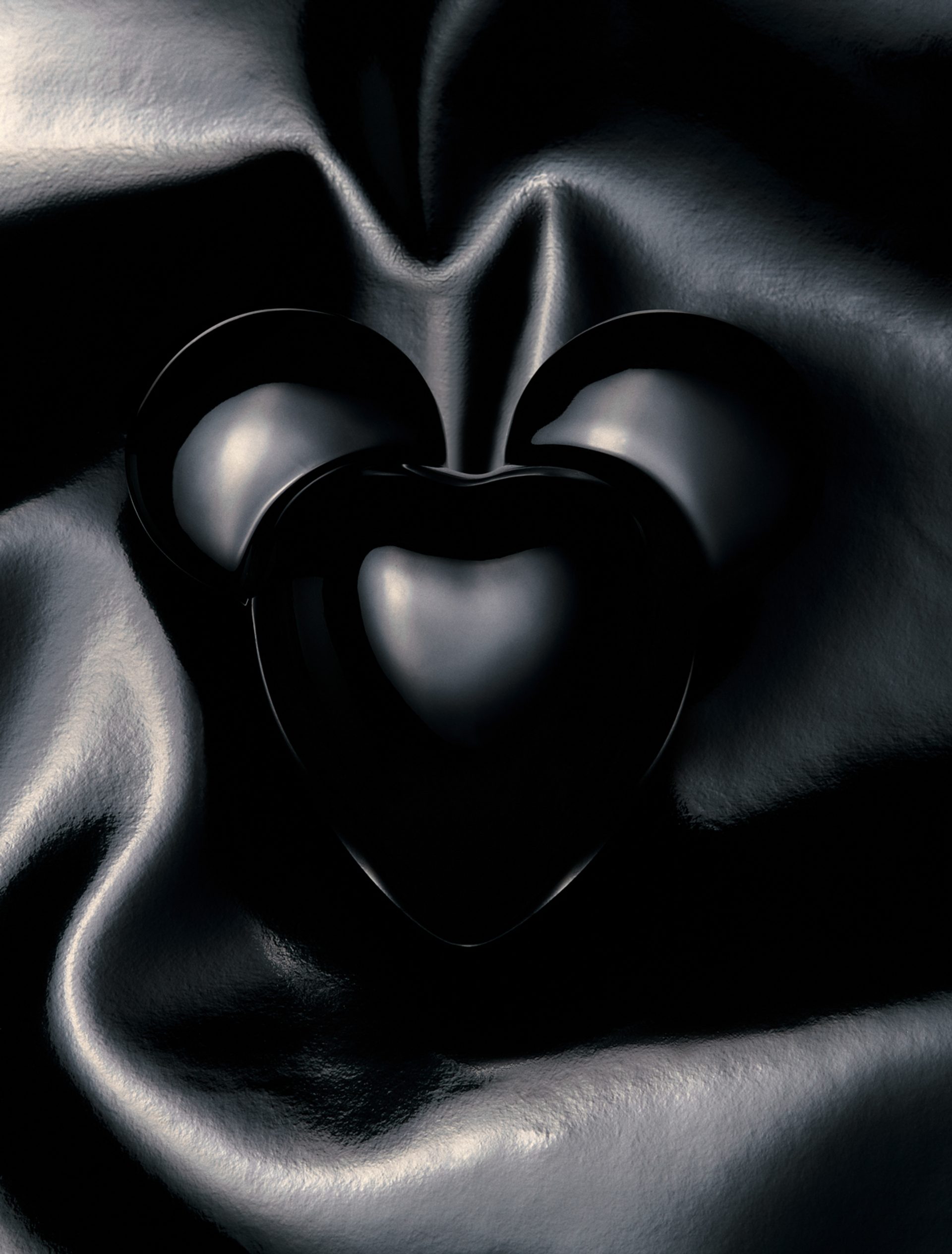
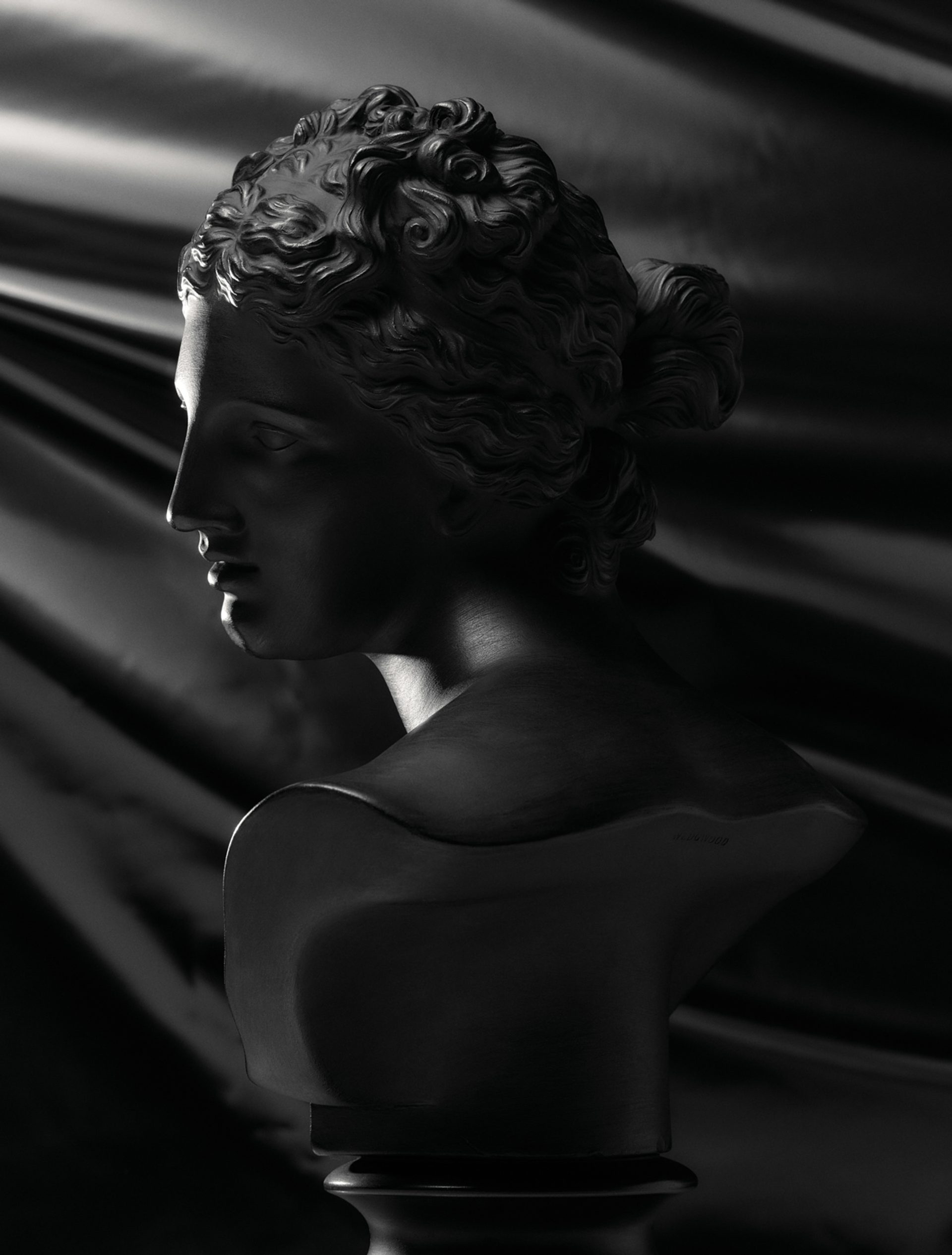
‘I think there is an underlying aesthetic that Sarah and I both have in common: along the lines of nostalgia and domesticity and a similar sense of humour. So, I guess you could say those mutual interests are complementary.’
SP For me they absolutely blur. Lauren and I are really lucky: when we are approached together, clients are usually hiring us because they want us to do our thing. I think we have a distinct style of working and a unique visual outcome, and clients usually want us to roll with it. I approach both commercial and personal work in a very similar manner – the only real difference [with the former] is having another party invested in the outcome.
LB Yes, absolutely, they blur together. That is one of the reasons why I wanted to move towards fashion clients, as I believe they allow more personal creativity and freedom and encourage the creatives to bring their own personality and aesthetic to a brief. However, when you are working as a commercial photographer, you obviously still need to do work occasionally that doesn’t necessarily have your stamp on it.
MF How different was it to have Powerhouse Museum as a client, and how did the brief take shape for 1001 Remarkable Objects?
LB I was excited when I was first contacted by Powerhouse as it’s not very often you get to shoot a larger-scale project that isn’t just about selling products. I was a little overwhelmed at first, due to the fact that we had so many objects to choose from. But having Sarah on the project really put me at ease, as I knew she would be able to look at the collection at large and visualise a story. I often think about how many different ways this project could have developed based on who led the creation and art direction of the still-life shoot for the book.
SP Honestly it was a total dream. Working with and learning about each of the objects was so very rewarding. Powerhouse Museum is such a wonderful resource and it felt so special to be able to work with the collection and to celebrate each item in the way that we were able to. Lauren is absolutely right that the job could have been done in so many ways – there really were 1001 ways we could have photographed each of the 1001 objects.
MF How and why did you choose the particular objects that you did?
SP Deciding which objects to work with really was the hardest part of the project for me. The team at Powerhouse first created a list of objects that were available to us – ruling out certain objects based on factors like their location, size, weight and fragility. From there we had the job of sifting through a giant PDF of objects, shortlisting items we’d like to view, viewing the objects in conservation and then making a final selection of objects that we wanted to work with for the project.
I would say that we have certain criteria whenever we are selecting the objects or products we work with: it’s a mix of things like ‘shootability’, which is how we think an object will look in front of the camera based on its materiality (for example, a multifaceted mirrored object is always a technical challenge to shoot but can also look messy and confusing in a final image). After this I’d say there is more subjective criteria which can be difficult to pinpoint. For me, when picking any object, prop or product to work with, I think I’m drawn to those that are universally recognisable, familiar and carry layers of context and meaning – these can be used easily to carry ideas visually.

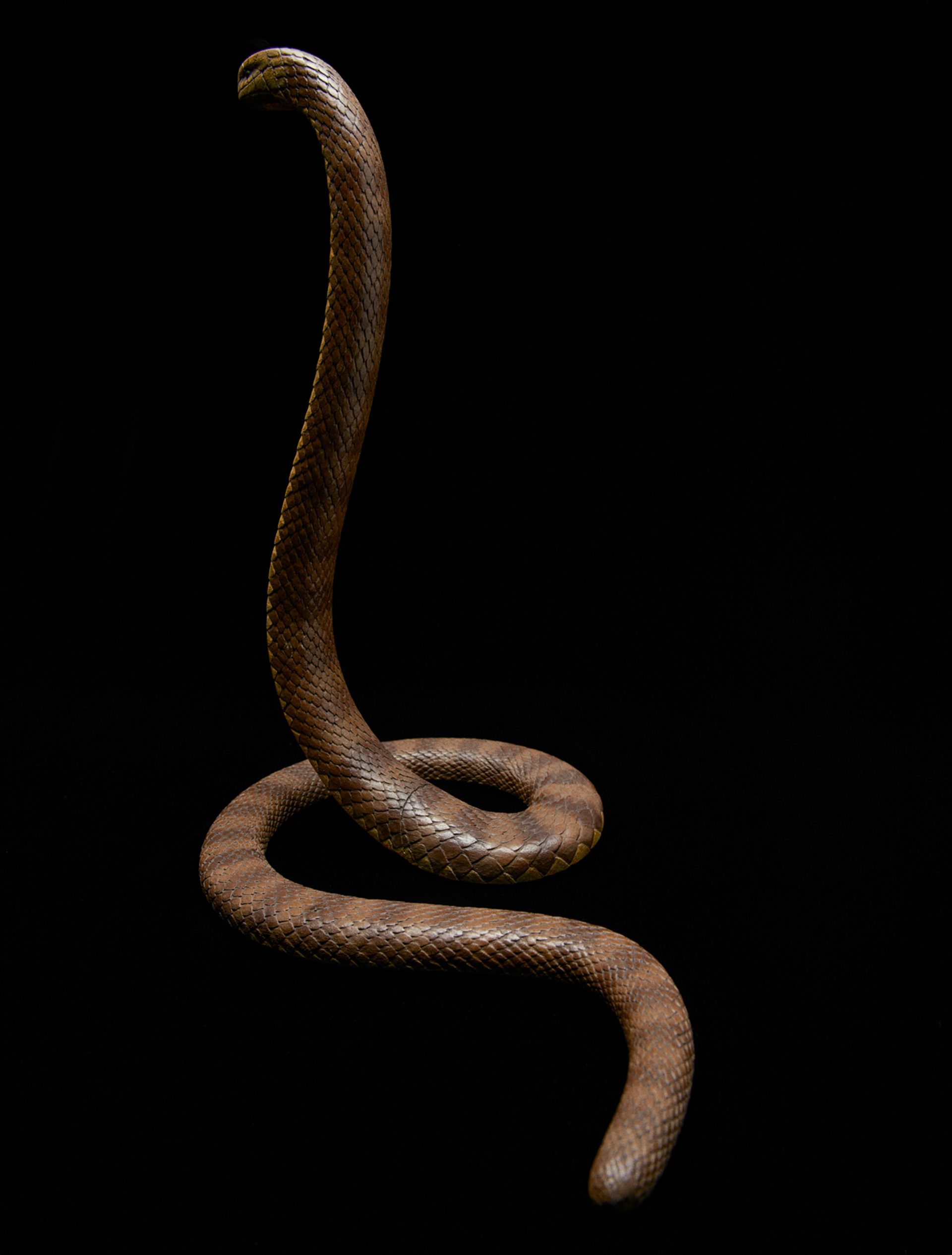
LB I really left the selection of the objects to Sarah as I trusted she had a vision, and I knew she would pull together a collection of objects that would be not only culturally significant, but interesting and unique to a wide audience.
MF How intensive was the shoot, and what was it like working with the museum’s conservation and curatorial teams and not being able to touch the objects?
LB Due to the amazing work of the Powerhouse team, and also the effort Sarah had put into pre-production, the five-day shoot itself felt very calm but also exciting. It was definitely a new challenge shooting and working with objects we weren’t allowed to touch or necessarily style with anything else, so what that meant was the lighting and general execution was more important than usual. Those limitations prevented us from being as spontaneous as we normally might be, but it was a really good exercise in restraint.
SP The actual shooting of the objects felt really cool, calm and collected. We went into the process knowing exactly how we would photograph each piece and had organised the set completely before the object arrived. The white-glove protocol took a while to adjust to. I usually have a very hands-on approach to my work, so having to explain precisely how everything should be placed (rather than just doing the placing) was a challenging but good exercise for my brain. The trickiest for me was explaining how I’d like the bow tied on the Vivienne Westwood heels – I’ve styled hundreds of bows in my lifetime so have developed a bit of a knack which is easier to do than explain, but we got there in the end!
MF Tell us about photographing the two objects not from the Powerhouse Collection – the Arnott’s biscuit and the Philippe Starck lemon squeezer – and the reasons why you decided to interpret them in the way that you did?
SP The thing I hate about still life is the stillness of it all. When I think of still life, I instantly think of boring but beautiful scenes of lifeless objects sitting around doing not a whole lot (the pear and egg on a white cotton tablecloth is the first thing that springs to my mind). Initially when approached by Powerhouse, I loved the idea of taking the objects out of the context of a stuffy museum or the usual tropes of a still-life image and bringing them into scenarios where they felt alive. I wanted the juicer to be juicing and the cookie to be crumbling, as they would out in the real world. Obviously, this just wasn’t possible to do with the actual objects that were under conservation, so I brought my juicer from home and had a replica of the biscuit created so that we could document it out of its case and served up on a plate, crumbs and all.
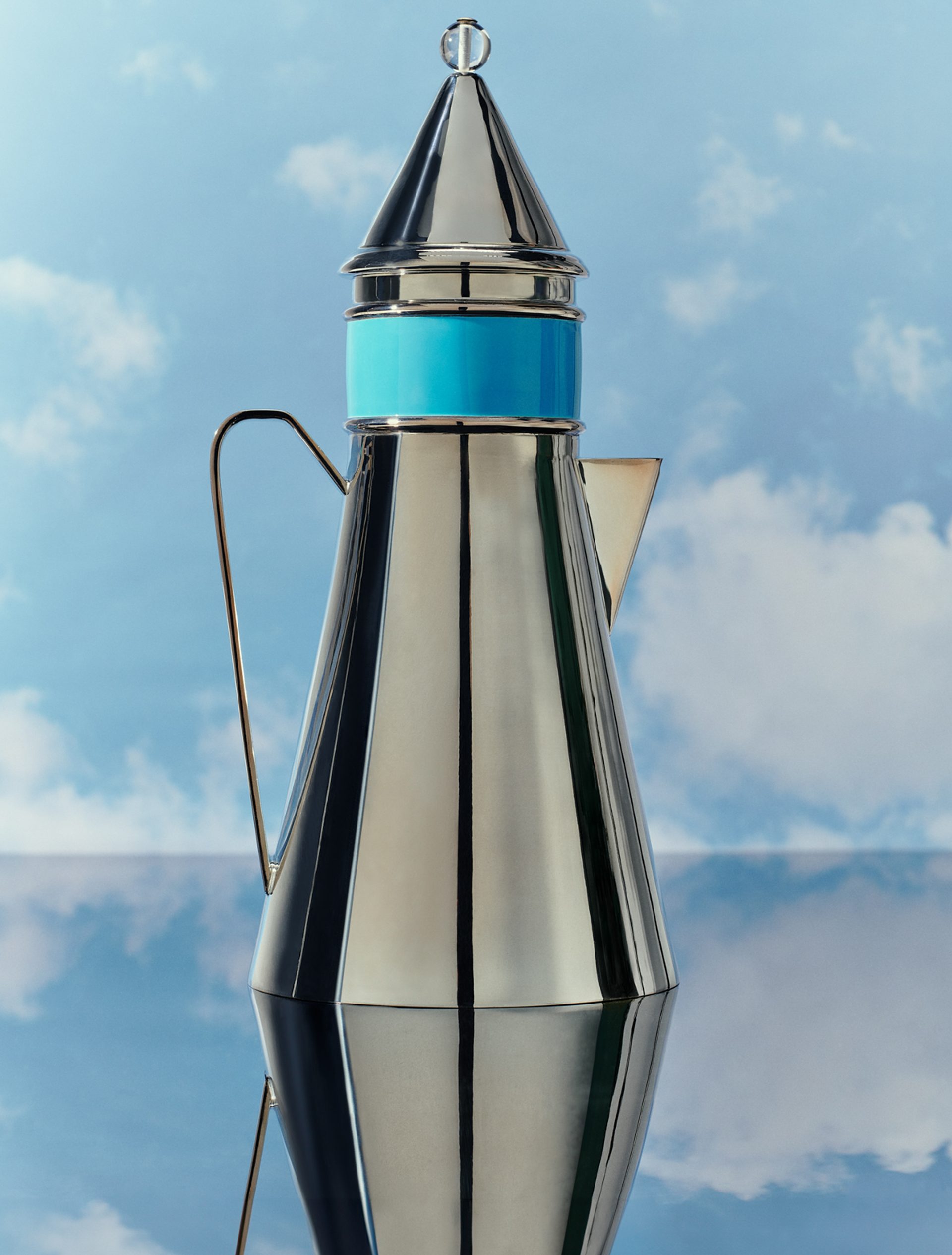
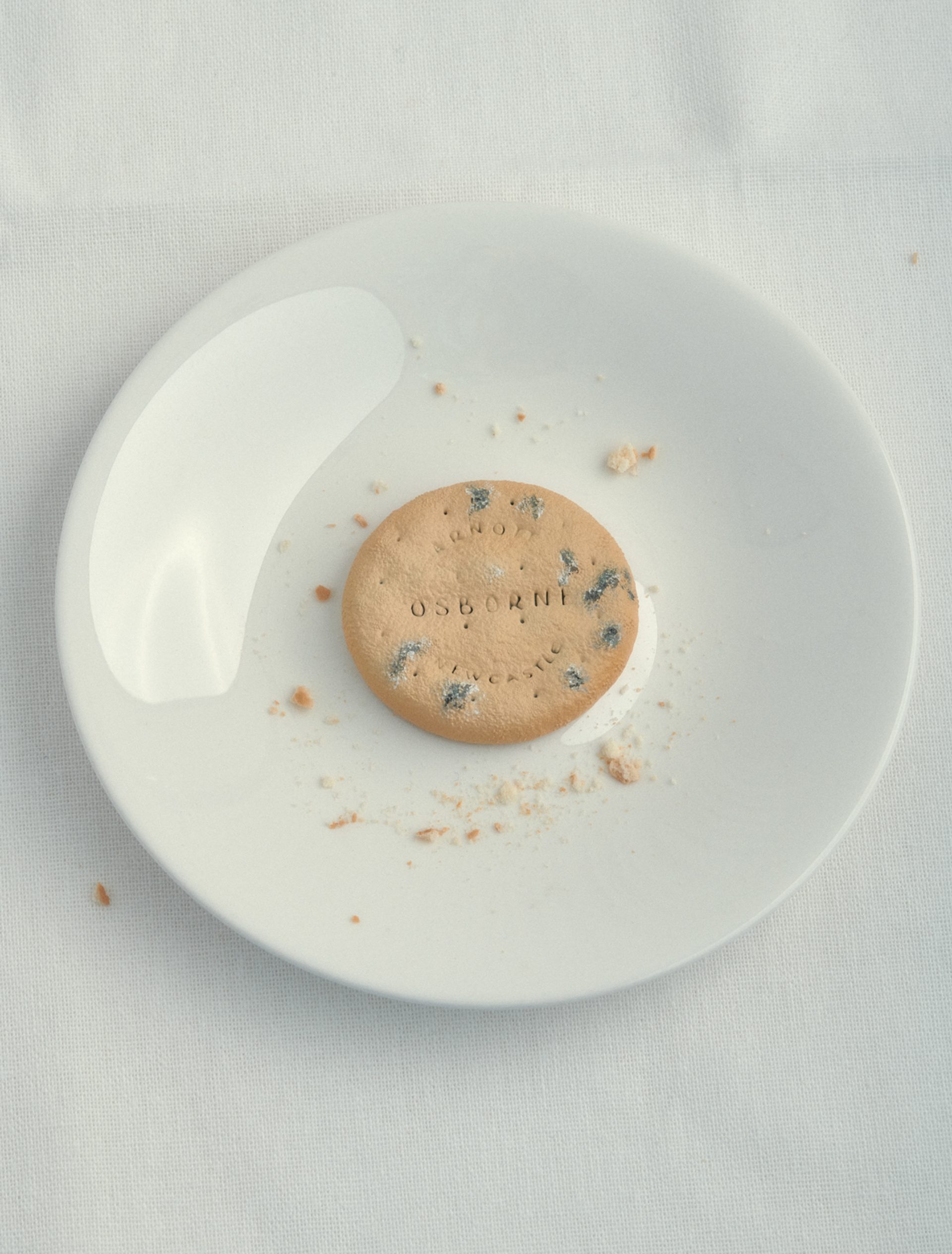
MF What Powerhouse objects would you have liked to photograph that – for whatever reasons – you couldn’t?
LB Sarah came across a homemade bong in the collection (Object No. 2000/25/1). We would have loved to shoot it, to be able to legitimise something so primitive and for it to be shown as the relic it is. (And it was very nostalgic for me: it was made with an Orchy bottle and garden hose, and found in a gutter in 1996 – this is my teenage timeline!) Unfortunately, it wasn’t meant to be – but we still have our eye on it.
SP I am DYING to shoot the bong. Such an iconic piece of Australian history. Maybe next time, Powerhouse.
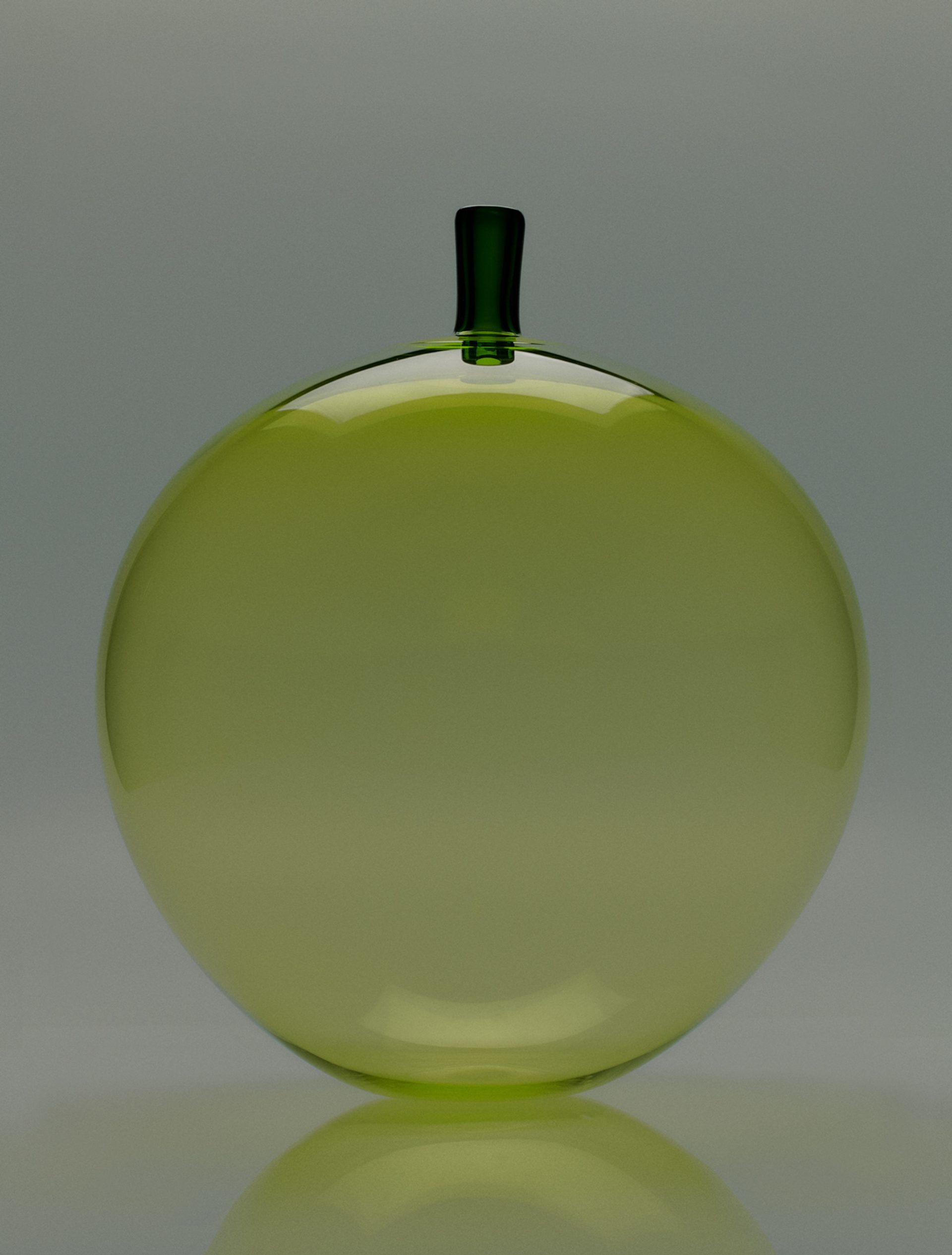
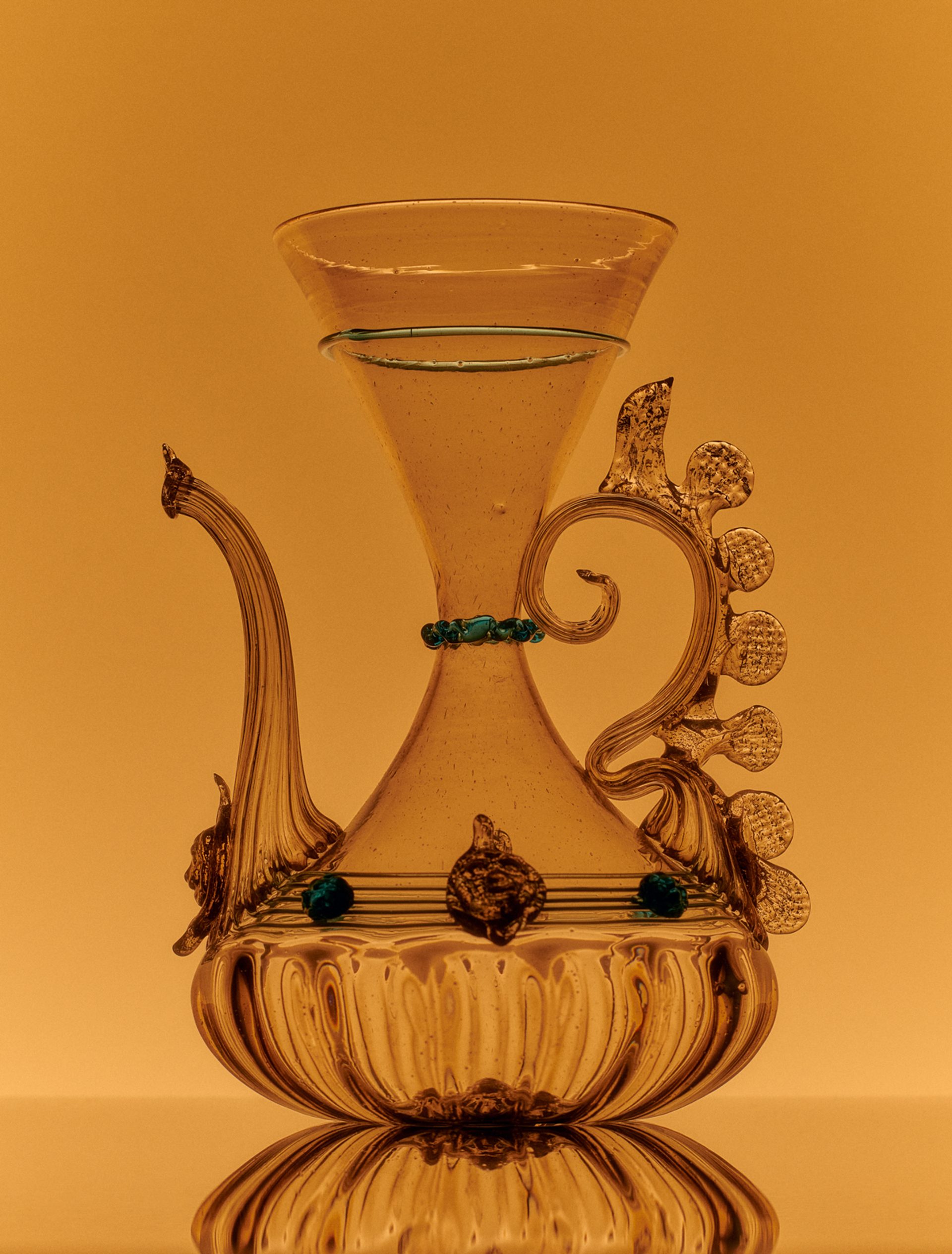
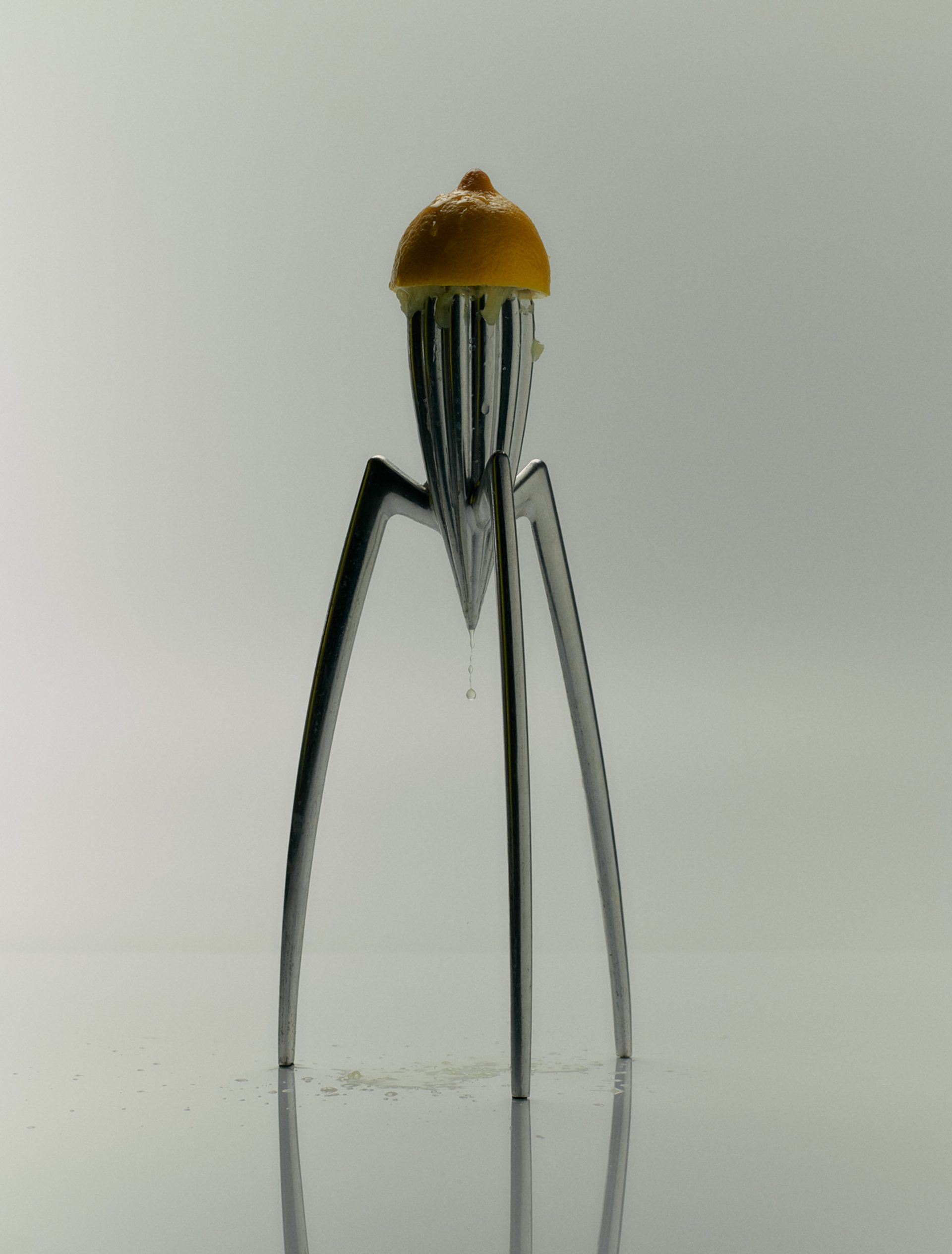
A celebration of the scale, breadth and relevance of the decorative arts and design collections held by Powerhouse Museum, 1001 Remarkable Objects catalogues the eponymous exhibition at Powerhouse Ultimo, 26 August 2023 to 4 February 2024. Produced by Powerhouse Publishing with support of the Gordon Darling Foundation, the 620-page book punctuates imagery of the 1001 objects with 15 narratives written by the four curators plus 11 commissioned Australian authors and is available for purchase online.











